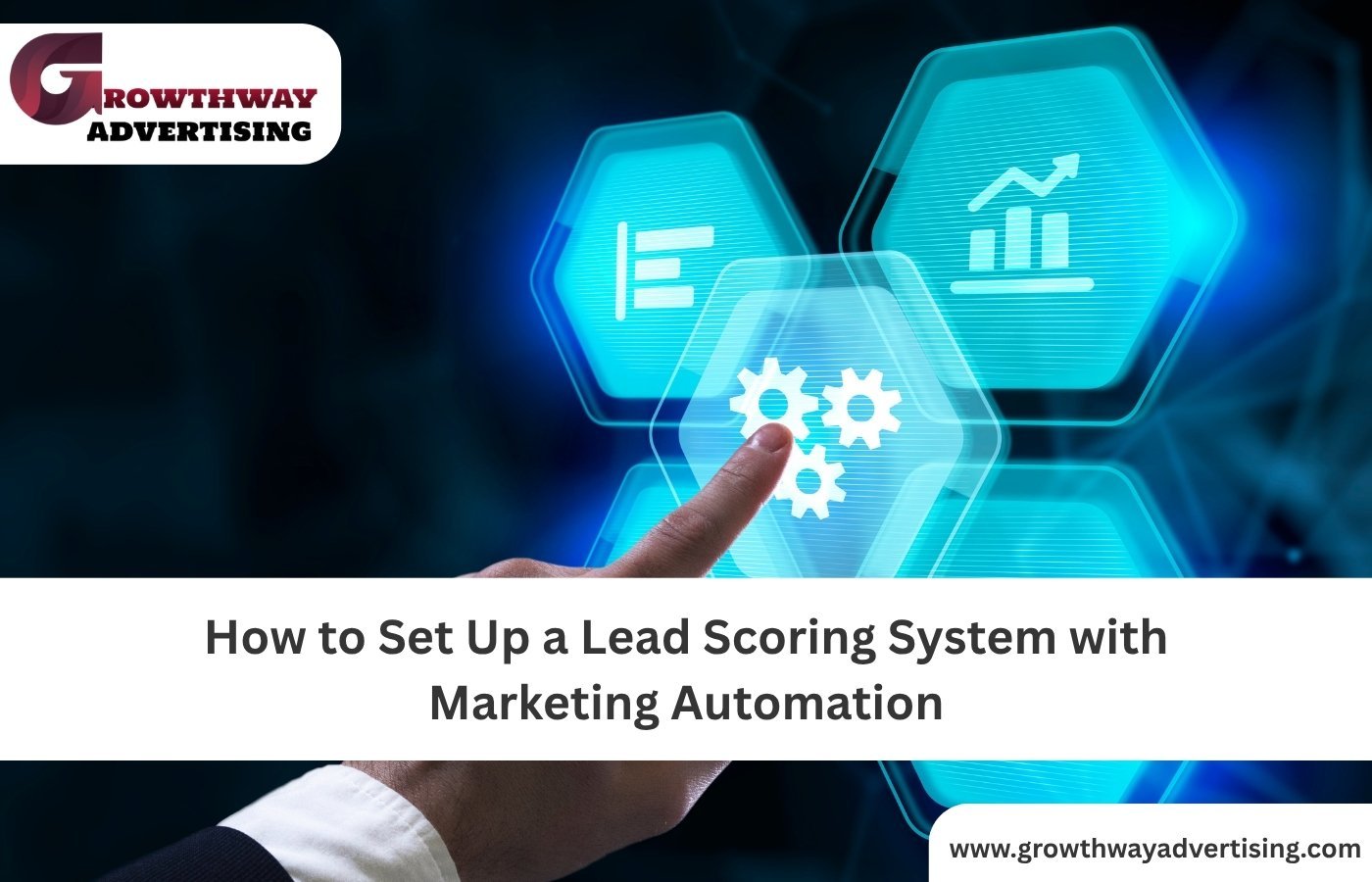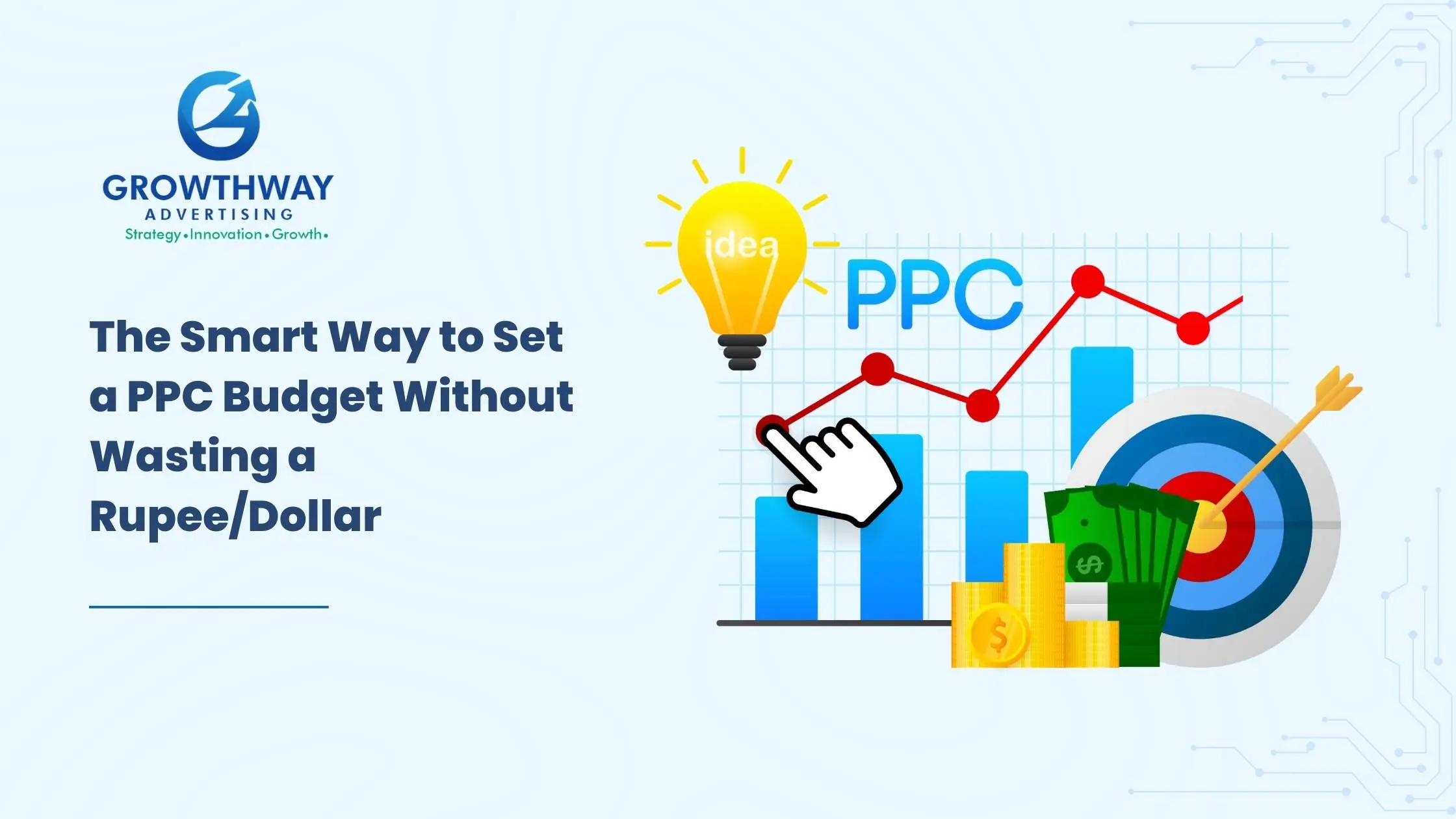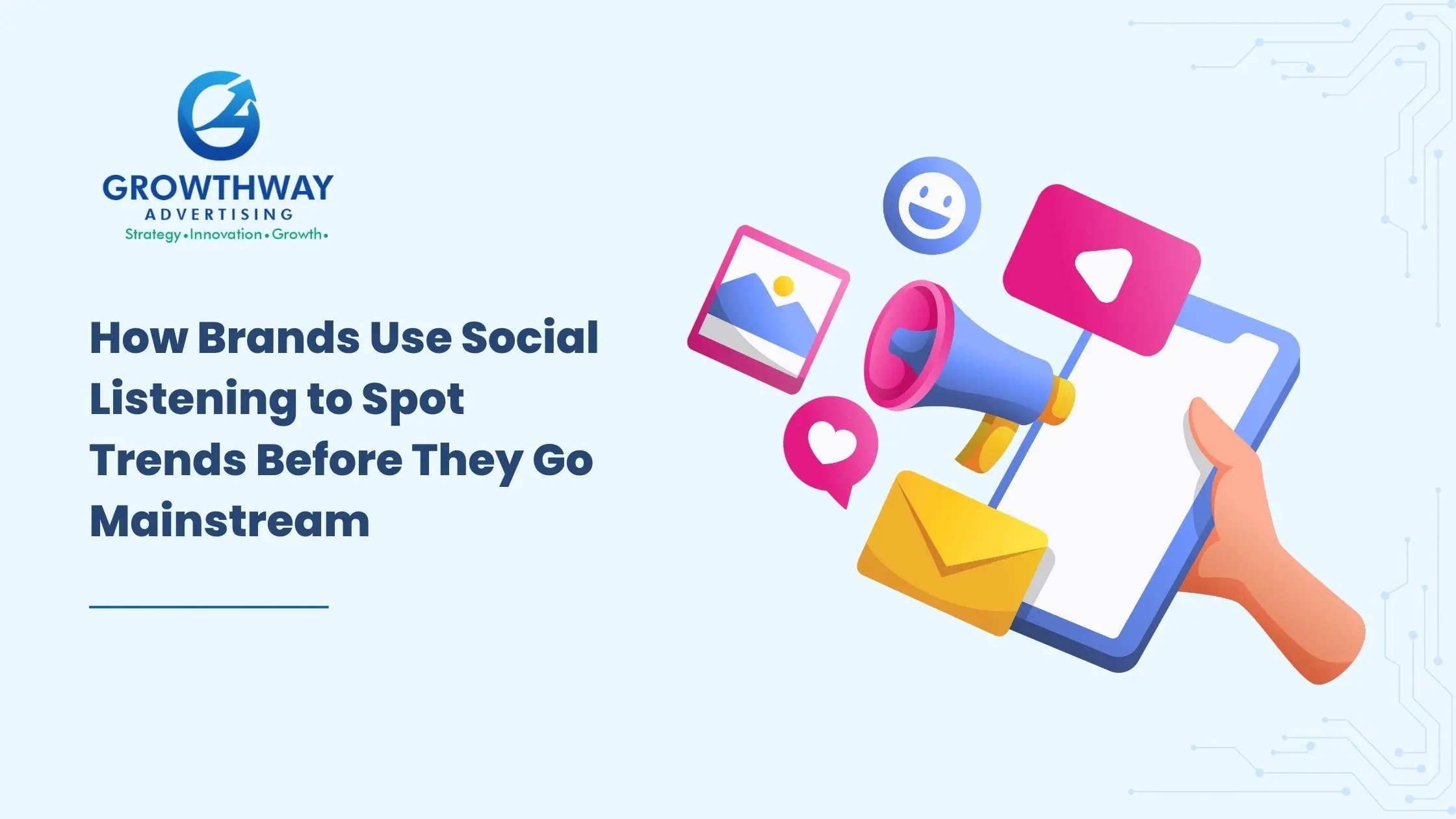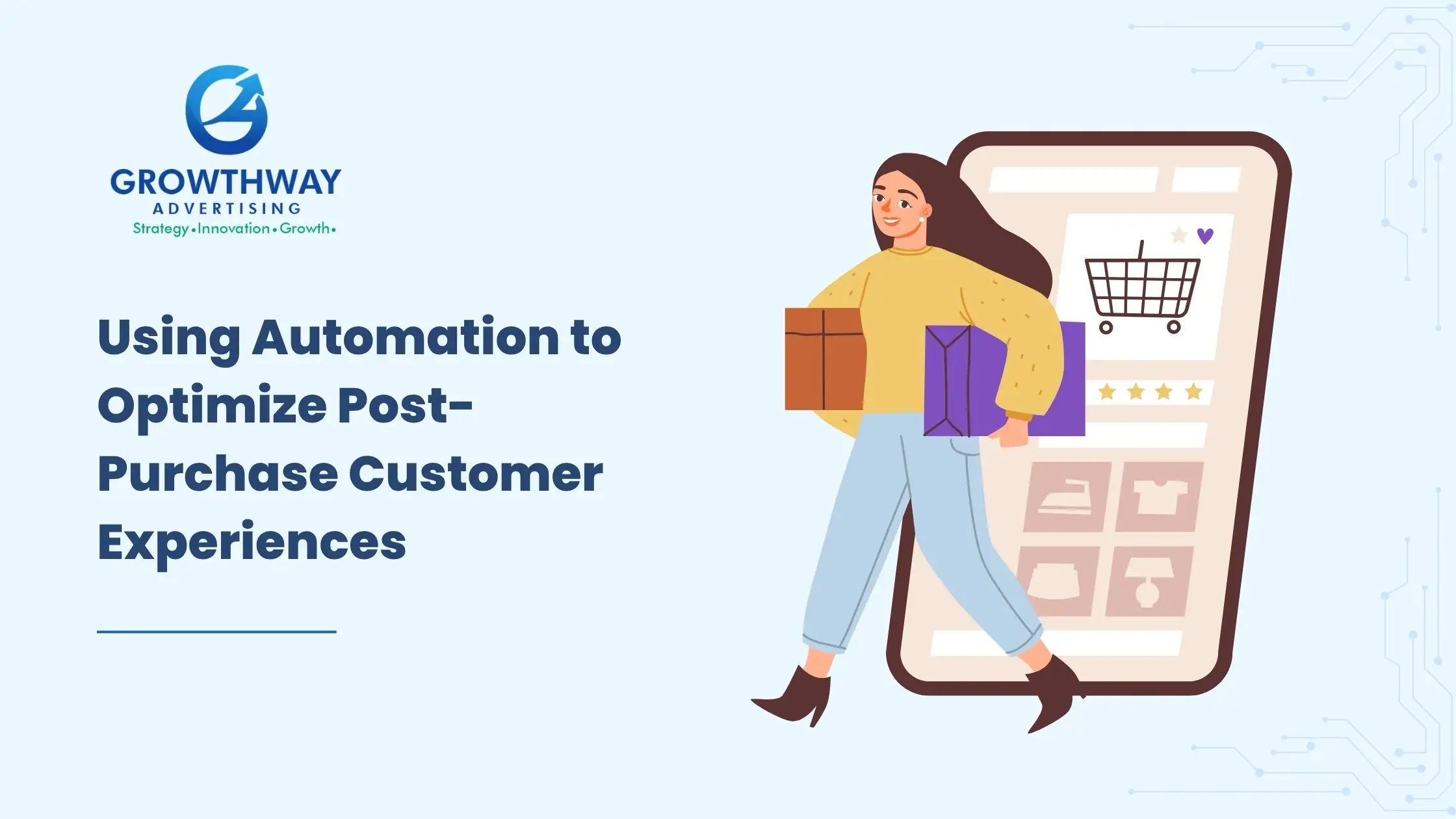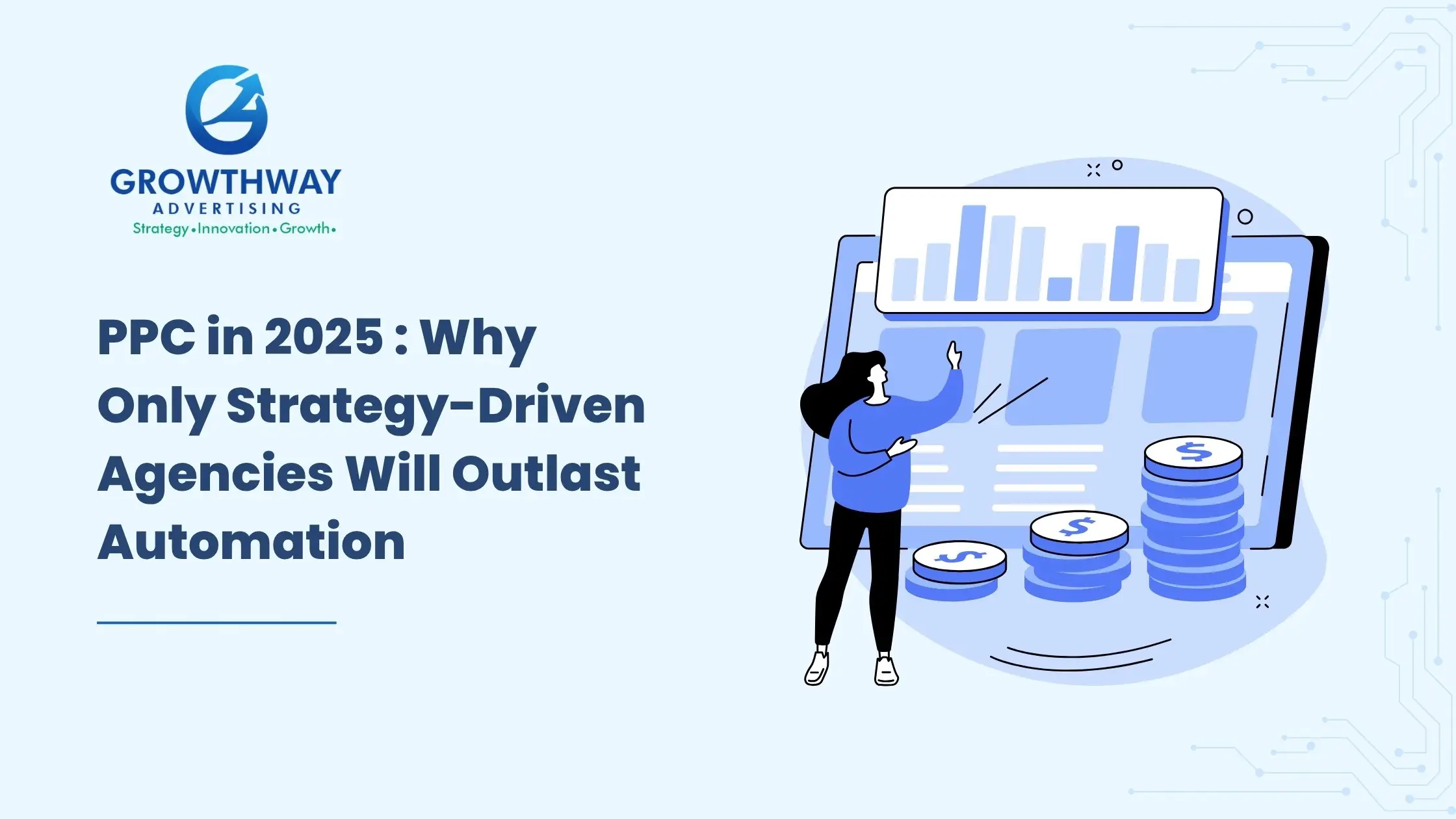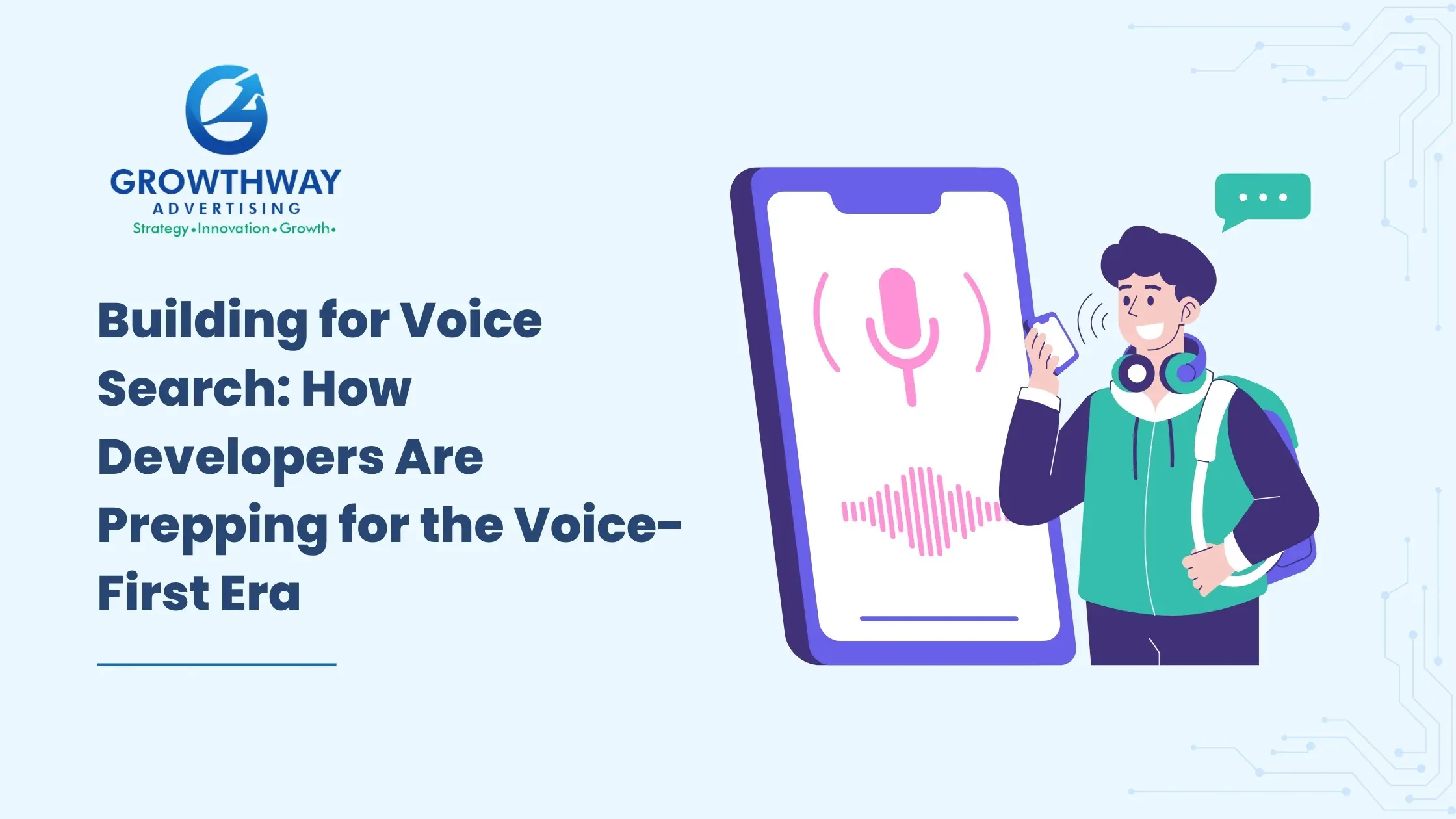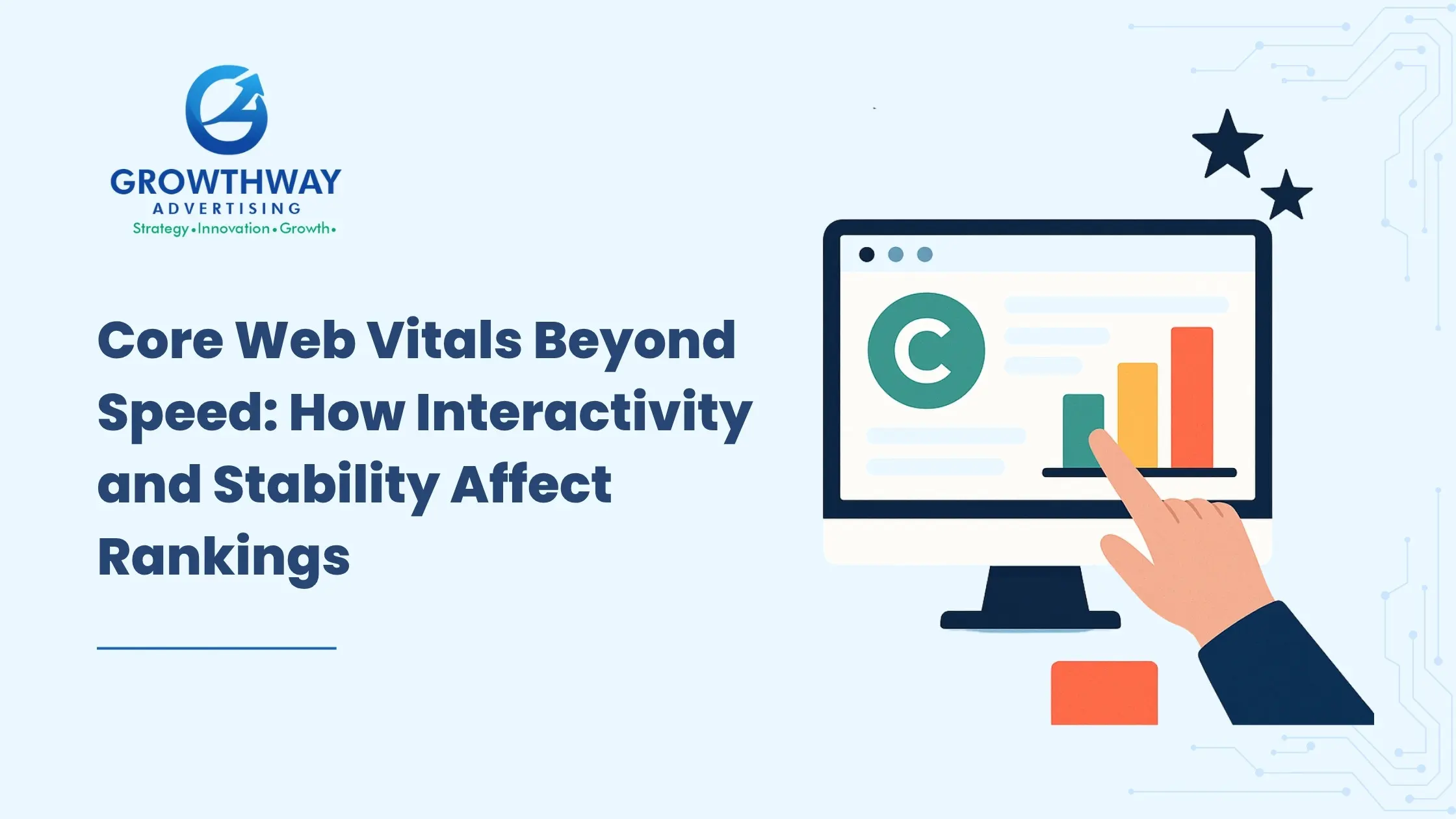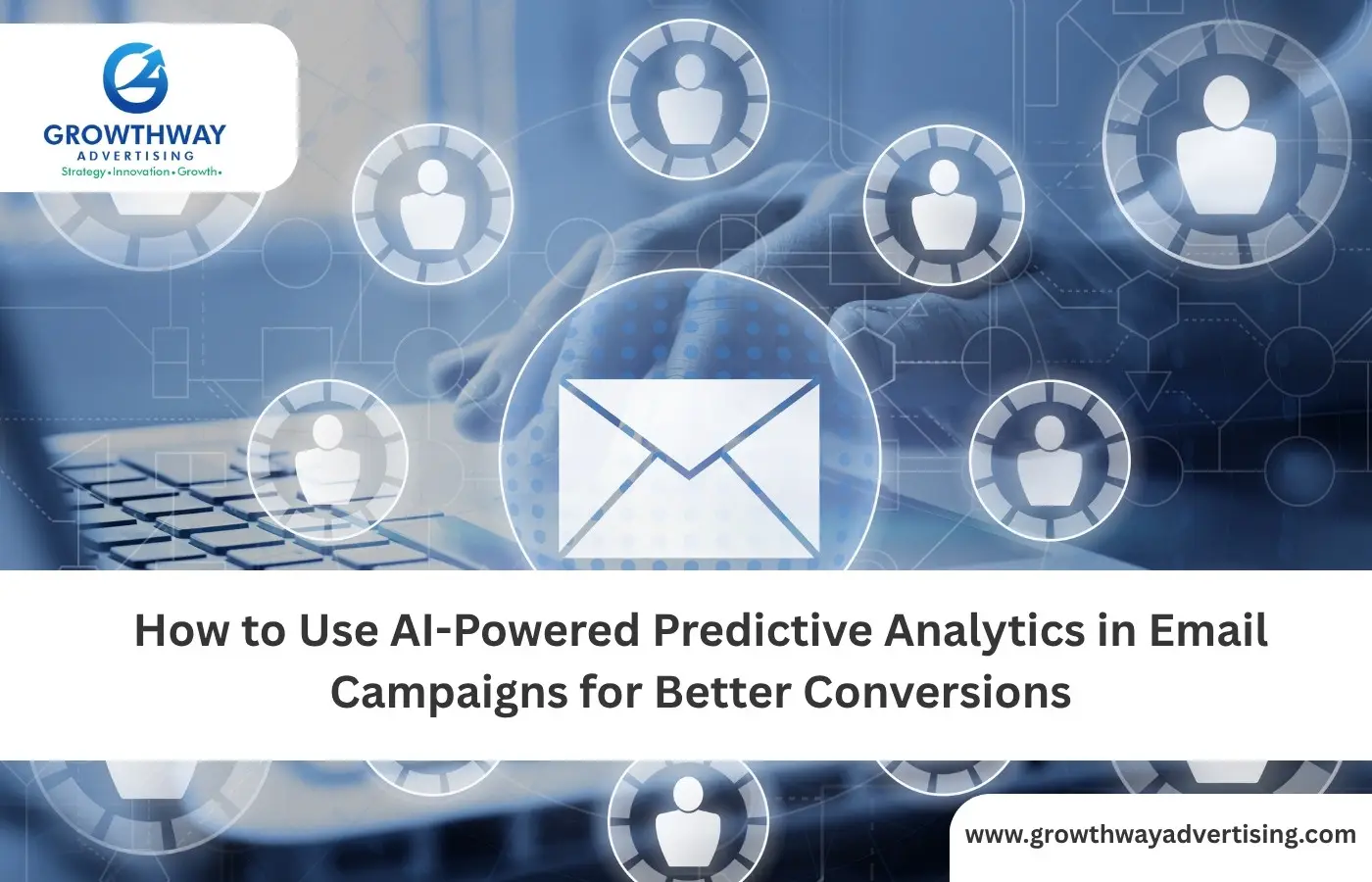One of the most outstanding means of converting the raw leads to qualified sales prospects is by establishing a lead scoring system. You can instantly sort prospects, prioritize follow-ups and only hand sales teams the most promising leads by pairing a smart scoring model with marketing automation.
But here’s the thing most guides stop at “assign points to behaviors” and call it a day. What a real world environment requires is more than that. It must be based on data on the correct demographics, behavioral analytics, building of teams together and constant improvement.
Let’s walk through a complete process that includes the basics and the often-overlooked steps to make it work in the long run.
Step 1: Define Your Ideal Customer Profile (ICP)
You must first understand what it means to be qualified in regards to your business before you score anything. This begins with your ICP, which is constructed of:
- Demographic data – role, seniority, industry, company size, location.
- Firmographic data – annual revenue, market segment, tech stack.
- Negative attributes – factors that disqualify a lead (e.g., outside service area).
This makes this data the basis of your engagement scoring. Choose a baseline score to match to your ICP. In this example, a C level decision-maker in the industry you target may receive +20 points whereas a low level position may receive +5 points.
Step 2: Identify Behavioral Signals That Matter
Behavioral cues monitor the involvement of the prospects in your brand. It is here that behavioral analytics is used, a look at real-life actions that are associated with purchase intent.
Common scoring signals:
- Website visits to high-intent pages (pricing, case studies).
- Content downloads (eBooks, guides).
- Email interactions (opens, clicks, replies).
- Event attendance (webinars, in-person events).
Not everything is the same. It is not the same when you visit a careers page compared to a pricing page. Give them points accordingly, and consider putting score decay on old actions so stale activity does not inflate the scores.
Step 3: Build the Lead Scoring Model
It is my suggestion to incorporate demographic information (fit) and behavioral analytics (engagement) into your model. A balanced strategy prevents loss of time chasing those leads that fit your profile and are not interested, or those that are just more interested but do not fit your ICP.
A sample model might look like this:
- Demographic scoring: +10 for target industry, +15 for decision-maker title, -10 for competitor email domain.
- Engagement scoring: +10 for pricing page visit, +5 for opening an email, +15 for attending a product webinar.
It is also possible here to add negative points e.g. cancelling the subscription to your newsletter can result in the loss of 20 points.
Step 4: Integrate with Your Marketing Automation Services
After the determination of your scoring rules, a platform to govern them will be required. This is where an automated marketing services provider or a marketing automation company can assist you to configure, test and optimize the workflow.
Most marketing automation services allow you to:
- Assign scores automatically based on activity.
- Trigger actions (emails, sales alerts) when a score crosses a threshold.
- Sync scores with your CRM for pipeline management.
- Adjust points in real time as data comes in.
When performing this in-house, be sure that your automation platform allows the use of lead scoring, or through integration.
Step 5: Set Score Thresholds for MQLs and SQLs
Defining when a lead becomes a Marketing Qualified Lead (MQL) or Sales Qualified Lead (SQL) is essential for pipeline management.
Example thresholds:
- MQL: 50+ total points with at least 20 from demographic fit.
- SQL: 80+ total points and at least one high-intent behavior like a demo request.
When a lead reaches the MQL level, the marketing automation can relay it to the sales department or place them in a nurture program until they are ready to be sold.
Step 6: Automate Nurturing Based on Scores
Not every lead is willing to buy without any hesitation. The marketing automation consultation allows designing the segmented nurture flows that adjust to the lead scores.
For example:
- Low scores: Put them in an educational sequence focused on awareness.
- Medium scores: Share case studies, testimonials, and product comparisons.
- High scores: Send personalized offers, invite them to a demo, or assign a sales rep.
This makes your message topical, and enhances conversion without straining your sales team.
Step 7: Use Behavioral Triggers in Real Time
Real-time triggers are one of the most effective elements of lead scoring in combination with marketing automation. For instance:
- If a lead visits the pricing page twice in 24 hours, instantly alert a sales rep.
- If a lead downloads two high-value resources in one week, send an invite to a webinar.
These triggers allow you to make an action when interest is highest, shorter customer journey and increase conversion.
Step 8: Align Sales and Marketing on the Process
The greatest lead scoring system will never work without team alignment. The sales personnel need to know how the scores are generated and the marketing needs to receive feedback on the quality of leads.
Hold regular check-ins to:
- Review closed-won and closed-lost deals.
- Adjust point values based on actual conversion patterns.
- Identify signals that might be misleading or undervalued.
A feedback loop around this allows your scoring to become relative as market conditions vary.
Step 9: Maintain Data Hygiene
This is one area most setups overlook. The only way a scoring system can be worthwhile is as good as the data going in. Bad data will produce high scores and the effort will go to waste.
To maintain accuracy:
- Remove duplicates and outdated contacts.
- Filter out both traffic and spam form submissions.
- Validate demographic data before assigning points.
Proper data hygiene also enables you to maintain dynamism in the sales pipeline as well as being able to comply with the privacy regulations.
Step 10: Measure and Refine Over Time
Scoring does not occur on a set it and forget it basis. You will learn some patterns with time, some actions may prove more or less valuable than initially thought.
Key metrics to review:
- Conversion rate from MQL to SQL.
- Conversion rate from SQL to closed-won.
- Average score at the time of conversion.
- Time from lead capture to sales-ready.
Engage those insights to adjust your model, to incorporate new signals, delete unimportant ones.
Step 11: Consider AI and Predictive Scoring
Predictive scoring can equip you with an advantage when you have an understanding of the basics. Using historical data, AI-powered tools examine what contributes, the most, to a successful conversion.
Benefits include:
- Automated weighting of engagement scoring signals.
- Discovery of hidden patterns (e.g., certain page visits that strongly predict buying).
- Adaptive models that update as your market shifts.
Although this will take more powerful tools, AI scoring is already established as a part of many marketing automation services.
Step 12: Include Multi-Channel Signals
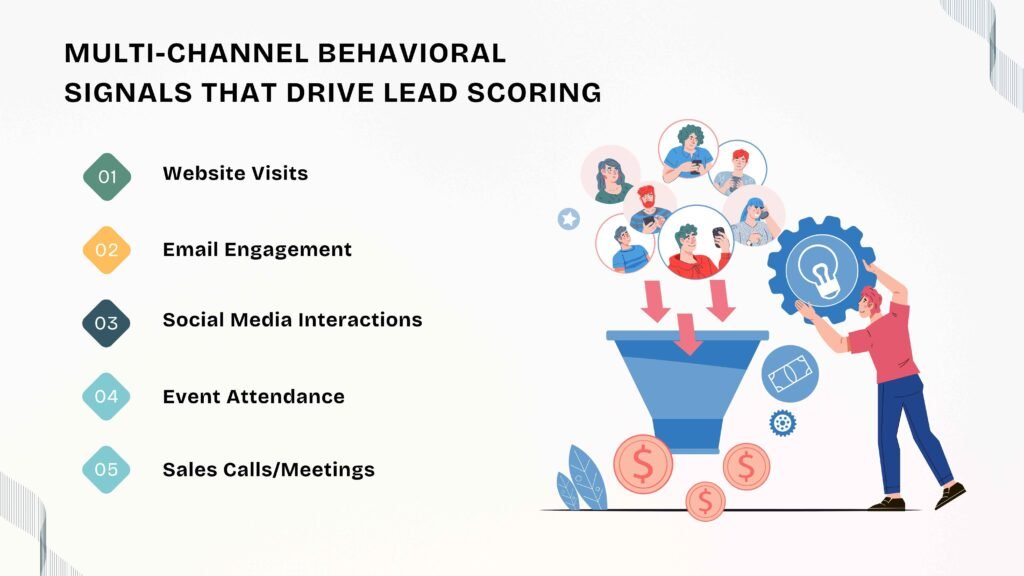
One other area that should not be looked at is monitoring user engagement on various channels. Most scoring models concern themselves with email and web activity, though a comprehensive system should take into account:
- Social media engagement.
- Event attendance and follow-up actions.
- Phone call interactions.
- Offline behaviors like trade show visits.
They provide you with more information about the customer journey with these multi-touch signals that enhance accuracy in scoring.
Step 13: Account for Manual Adjustments
The process of automation may have 90 percent of the work done but there will be instances when the judgments of humans will still be important. Allow sales teams to:
- Add points for strong buying signals they observe.
- Deduct points if a lead is clearly unqualified despite high engagement.
Automated scoring which is coupled by manual oversight helps you make sure that you keep your pipeline management realistic and actionable.
Step 14: Build Reporting Dashboards
Other advice on marketing automation: your system should then feed into dashboards that monitor lead scores, conversion, and lead pipeline health.
Reports to consider:
- Number of MQLs and SQLs per month.
- Top behaviors leading to high scores.
- Average score by closed-won deals.
- Drop-off points in the customer journey.
This transparency will assist you to show the worth of your scoring system and implement advice based on statistics.
This will move you beyond the simple steps and make sure your lead scoring system is not merely automated, but also correct and scalable and fully integrated into your sales and marketing strategy. Combining demographic attributes and behavioral analytics information, superior real-time engagement scoring, and proper marketing automation services should enable you to develop a system that scales with your business rather than weighs it down.
FAQ’s
A lead scoring system assigns numerical values to prospects based on demographic data, behavior, and engagement. When paired with marketing automation, it helps prioritize leads and trigger targeted follow-ups automatically.
Engagement scoring tracks actions like email clicks, page visits, and event participation. By adding these signals to your scoring model, you identify which leads are actively moving through the customer journey and are more likely to convert.
Demographic data such as job title, industry, or company size helps determine if a lead fits your target audience. Combined with behavioral analytics, it ensures you focus on both the right people and the right actions.
Behavioral analytics tracks lead actions across channels like downloading resources, attending webinars, or revisiting pricing pages. These behaviors often signal buying intent and help refine your pipeline management.
Review your scoring model quarterly to ensure demographic data and behavior weightings reflect actual conversion trends. Use CRM and automation reports to see which signals are most predictive.
Common mistakes include ignoring data hygiene, overvaluing irrelevant behaviors, and not aligning sales and marketing on scoring criteria. A solid setup blends behavioral analytics, demographic data, and automated triggers for accuracy.

